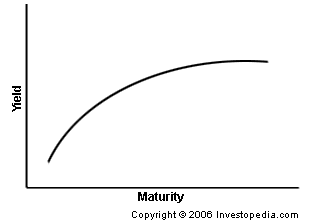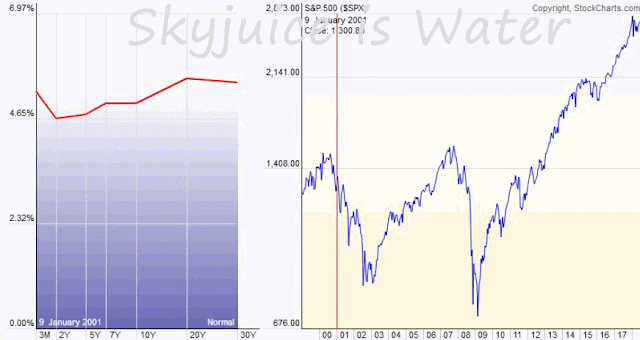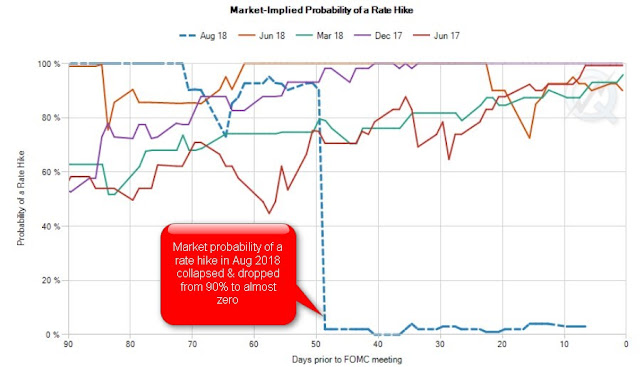4 October 2018
Most Smart TV allow a source device such as blue-ray player to be connected to a TV using HDMI cables and have the TV pass the 5.1 or 7.1 sound surround signal to a sound surround receiver/player using HDMI ARC or digital co-axial or optical SPDIF cables. However, not all sound surround receiver/player can receive such raw 5.1 or 7.1 sound surround signal. This article will explain why.
Why?
For the sound surround receiver/player to be able to receive the raw 5.1 or 7.1 Dolby surround sound, the receiver/player must have processors that can process and decode the compressed digital bit-stream audio signal sent by the TV. The cheaper and common receiver/player usually do not have this built in function. They simply receive stereo or 2 channel signal and have a Digital Signal Processors (DSP) to convert the stereo into 5.1 or 7.1 surround sound. It is not a true 5.1 or 7.1 but a simulated surround sound.Which is better, True or Fake?
The commoners would invariably say the true 5.1 or 7.1 system is better; however, it is understand that not all movies are producing or the content providers are providing true surround sound. Then the next question is whether one should choose the more expensive set that use patented Dolby Prologic signal processor to decode the raw Dolby surround sound or just any DSP processor that just produce simulated surround sound.What is Dolby Prologic or DSP?
Dolby Pro Logic is a surround sound processing technology developed by Dolby Laboratories, designed to decode soundtracks encoded with Dolby Surround. DSP is a microprocessor that is often used to simulate sound surround. Whether one should choose a more expensive sound surround system will depend on the design and the quality of the soundbars and more importantly, the "taste" of the users. Some claimed that DSP produced better sound effect than Dolby Prologic. Therefore, it is always better for one to listen to the sound system as everyone’s “taste of sound” is different.Why so much Cost Difference?
One would notice that there are a lot of cost differences between the cheaper and the more expensive audio receivers or soundbars. Actually, if one were to strip the set down to its bare bones, one would notice that all of them have similar major components such as power amplifiers, signal processors and control except that the more expensive ones might use better components such as thyroid transformer instead of ordinary laminated iron core transformers. The more expensive ones usually have much higher music power for better sound quality at lower sound volume.Can MiTV4 Provide 5.1 Surround Sound?
Most MiTV can provide 5.1 sound surround sound but only the ones with external sound bars have specifically mentioned that it can provide Digital Audio Atmos digital surround sound. Most MiTV can only provide simulated or virtual surround soundA Cost Effective MiTV Sound Surround System
This article will examine some of the popular and cheaper soundbars that have been used for Xiaomi and other televisions. Among them, the most common one that has been sold well is the 33” Xiaomi TV soundbar as shown attached.The other soundbars that have been sold well in China is the JY Audio soundbars that have similar or better specifications.
These soundbars are tabulated and compared here for information (Note: scroll table to the left to read). Note that these cheap sound bars have only DSP simulated sound surround output.
Xiaomi 33-inch | 万音 JY A1S | 万音 JY A9S | |
Price | CNY399 | CNY218 | CNY358 |
Power | 15 Watts, 6 ohms | 30W+30W RMS | 80W |
Sound Channel | ATS2825/TAS5731M DSP | DSP sound surround | DSPS/SRS sound surround |
Frequency | 50 Hz - 25000Hz (-10dB) | 20 Hz - 20000 Hz | 40 Hz -18000 Hz |
Channel Separation | >=65 dB | >=60dB | |
Sound to Signal | >=75 dB | >=70dB | |
Idling Power | <=0.5 Watts | <=0.5 Watts | |
Speakers | 8 speakers | 8 Speakers | 8 speakers |
Built-in | |||
Tweeter | 2 Nos of 35 mm Dome | 2 Nos 2" | |
All Frequencies | 2 Nos 2.5" | 2 Nos 3" | |
Sub Woofers | 2 Nos of 65 mm sub-Woofers | ||
Mid range | 4 Nos of 70x55 mm passive | 2 Nos passive radiator | 4 Nos 3" Bass radiation |
External Woofer | 60 Watts Bluetooth or Cable | 60 Watts Bluetooth or Cable | |
Input Output | 1x Co-axial SPDIF 1xFiber SPDIF 1x Stereo RCA 1x Aux in | 1 x Sub woofer out 1 x Co-axial SPDIF 1 x Audio input Bluetooth for most TV | 1 x Sub woofer out 1 x Co-axial SPDIF 1 x Fiber SPDIF 1 x Audio input Bluetooth for most TV |
USB Thumb | Yes | Yes | |
Card Reader | TF card | TF card | |
Bluetooth | 4.2 | 4.2 | 4.2 |
Power Supply | 16 Volt 2.5 A | 220 Volts | DC 24 V 3 A |
Casing | Plastic Material | Wood with metal surface control panel | Wood with metal surface control panel |
Dimension | 83 x 7.2 x 8.7 cm | 100 x 7.5 x 6.5 cm | 98 x 10.2 x 7.1 cm |
Weight (kg) | 1.925 kg | 3.2 kg | 3.14 kg |
Accessories | Co-axial SPDIF cable Manual | 3.5 mm RCA Co-axial SPDIF Infra-red Remote Control Manual | 3.5 RCA Coaxial SPDIF Fiber SPDIF Infra-red Remote Control Manual |
Speaker System (Click to enlarge pictures) | |||
Input Output (Click to enlarge pictures) | |||
Control Panel (Click to enlarge pictures) | |||
Accessories (Click to enlarge pictures) | |||
Pthers (Click to enlarge pictures) |
Other similar articles :
tinyurl: https://tinyurl.com/y7ulyja3






















































